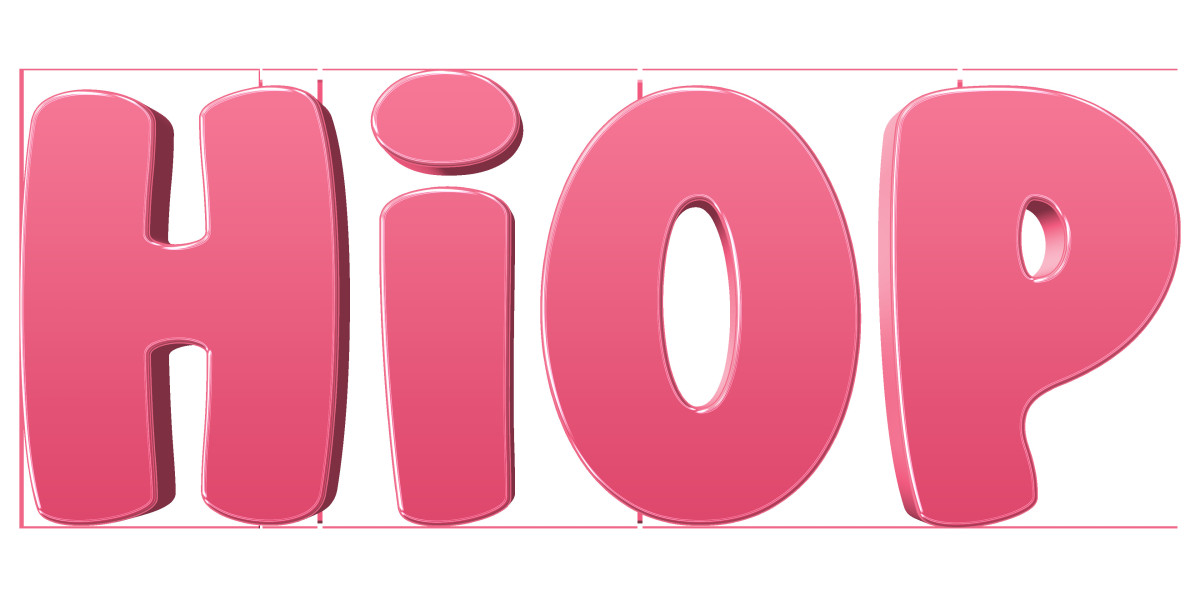Relaxation Therapy
What is the purpose of relaxation?
The level of relaxation, especially in the context of Relaxation Therapy, is to achieve a state of mental and bodily calmness and peace. This course of includes reducing stress and anxiousness, thereby enhancing overall well-being.
Relaxation Therapy focuses on teaching people techniques corresponding to deep breathing, progressive muscle relaxation, and visualization. These strategies assist to activate the body's natural leisure response, counteracting the consequences of stress.
Moreover, rest can enhance sleep quality, increase immune operate, and enhance emotional resilience. By fostering a tranquil state, OP people can achieve a better perspective on their challenges, making it simpler to cope with day by day life.
Ultimately, the point of rest isn't just to really feel higher within the second, but to domesticate long-term well being and well-being through common practice.
What is the purpose of the relaxation response?
The aim of the comfort response in Relaxation Therapy is to promote a state of bodily and emotional ease. This response encourages individuals to release pressure and stress, resulting in enhanced well-being and tranquility.
Key Objectives of the Comfort Response
Through guided strategies, such as deep respiration, visualization, and progressive muscle leisure, the consolation response focuses on:
- Reducing anxiety: Alleviating feelings of stress and promoting a relaxed mental state.
- Enhancing physical relaxation: Encouraging the physique to enter a state of restful alertness.
- Improving mental readability: Allowing for clearer considering and better decision-making.
- Fostering emotional resilience: Helping people handle their emotional responses to challenges.
Overall, the consolation response serves as a basis for achieving leisure and restoring steadiness in both thoughts and body.
Is relaxation a CBT technique?
Relaxation isn't a standalone method inside Cognitive Behavioral Therapy (CBT), but it could possibly complement CBT strategies. Here’s how relaxation techniques fit into the CBT framework:
Incorporating Relaxation in CBT
- Stress Reduction: Relaxation methods help reduce stress and anxiousness, making it easier for people to engage with CBT practices.
- Enhancing Focus: A relaxed state can enhance concentration and focus during therapy sessions.
- Emotional Regulation: Learning to relax can help in managing feelings, which is a crucial side of CBT.
Common Relaxation Techniques Used
- Deep Breathing Exercises
- Progressive Muscle Relaxation
- Mindfulness Meditation
- Visualization Techniques
In abstract, whereas relaxation isn't a core technique of CBT, it plays a supportive role in enhancing the effectiveness of cognitive-behavioral practices.







